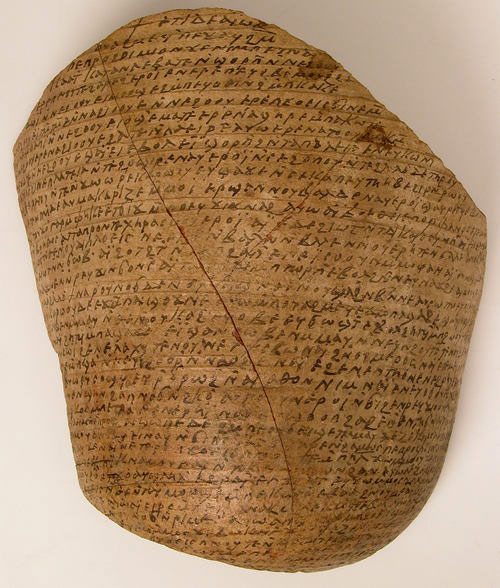 Traveling Exhibitions
Traveling Exhibitions Traveling Works of Art
Traveling Works of Art Conservation Projects
Conservation Projects Excavations
Excavations Fellows
Fellows Exchanges & Collaborations
Exchanges & Collaborations Multiple Items
Multiple Items
The Met Around the World presents the Met’s work via the global scope of its collection and as it extends across the nation and the world through a variety of domestic and international initiatives and programs, including exhibitions, excavations, fellowships, professional exchanges, conservation projects, and traveling works of art.
The Met Around the World is designed and maintained by the Office of the Director.
Traveling
Exhibitions
The Met organizes large and small exhibitions that travel beyond the Museum's walls, extending our scholarship to institutions across the world. See our national and international traveling exhibition program from 2009 to the present.
Traveling
Works of Art
The Met lends works of art to exhibitions and institutions worldwide to expose its collection to the broadest possible audience. See our current national and international loans program.
Conservation
Projects
The preservation of works of art is a fundamental part of the Met's mission. Our work in this area includes treating works of art from other collections. See our national and international conservation activities from 2009 to the present.
Excavations
The Met has conducted excavations for over 100 years in direct partnership with source countries at some of the most important archaeological sites in the world. Today we continue this tradition in order to gain greater understanding of our ancient collections. See our national and international excavation program from the Met's founding to the present.
Fellows
The Met hosts students, scholars, and museum professionals so that they can learn from our staff and pursue independent research in the context of the Met's exceptional resources and facilities. See the activities of our current national and international fellows.
Exchanges & Collaborations
The Met's work takes many forms, from participation in exchange programs at partnering institutions and worldwide symposia to advising on a range of museum issues. These activities contribute to our commitment to advancing the work of the larger, global community of art museums. See our national and international exchange program and other collaborations from 2009 to the present.
 The Monastery of Epiphanius among the Dynasty 11 tombs on the northern slope of Sheikh Abd el-Qurna Hill in western Thebes, 1914 (3A 5).
The Monastery of Epiphanius among the Dynasty 11 tombs on the northern slope of Sheikh Abd el-Qurna Hill in western Thebes, 1914 (3A 5).
Wooden Box with Bronze Balance Scale
500–600
Made in Epiphanius, Byzantine
Rogers Fund, 1914 (14.2.2a-e)


Ostrakon with Texts from the Bible
580–640
Byzantine
Rogers Fund, 1914 (14.1.81)


Censer with a Lioness Hunting a Boar
6th–7th century
Made in Egypt, Byzantine
Rogers Fund, 1944 (44.20a,b)

Egypt
1911–1914
The primary Christian site excavated by the Metropolitan Museum's Egyptian Expedition at Thebes was the Monastery of Epiphanius, which was built and occupied during the seventh century A.D. The complex, with its monks' cells, rubbish heaps, and cemetery, made use of the courtyard and rooms of a tomb belonging to a Dynasty 11 vizier named Dagi who had lived more than 2,500 years earlier (ca. 2000 B.C.).
Among the most important finds from the monastery ruins were the many ostraca, pieces of broken pottery used for writing. For thousands of years, the Egyptians had used bits of pottery and limestone to record legal documents, financial records, school texts, prayers, etc. The Epiphanius ostraca preserve the same kinds of texts, and also include verses from the Bible and sermons. A number of letters written on papyrus were also found. These texts, translated and published by Walter E. Crum and Hugh G. Evelyn-White, are revealing about life in Egypt during a turbulent time in history.
A number of the ostraca and other works that came to the Museum in the division of finds are on display in the Mary and Michael Jaharis Byzantine Egyptian galleries under the Museum's main staircase off the Great Hall (gallery 302).

